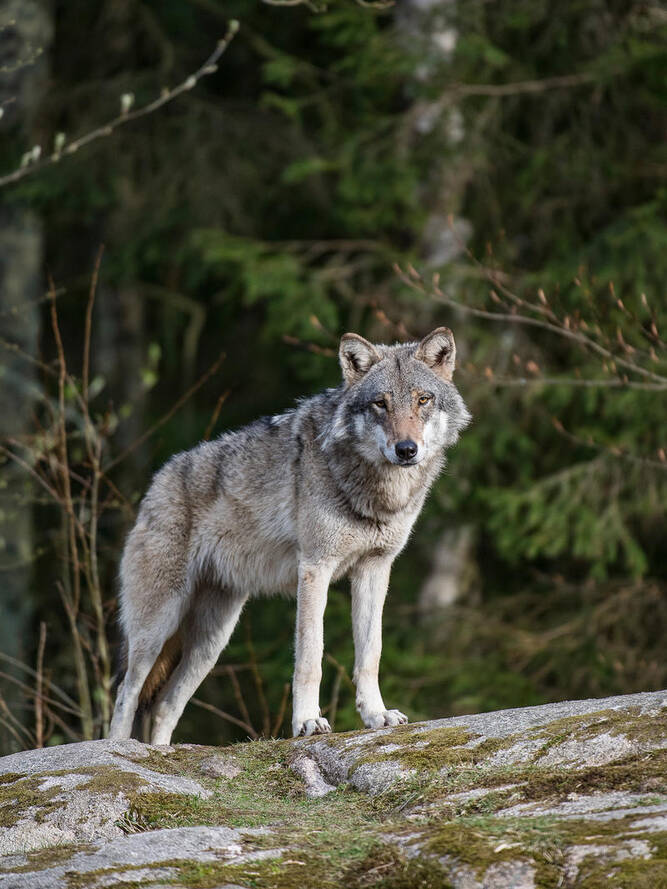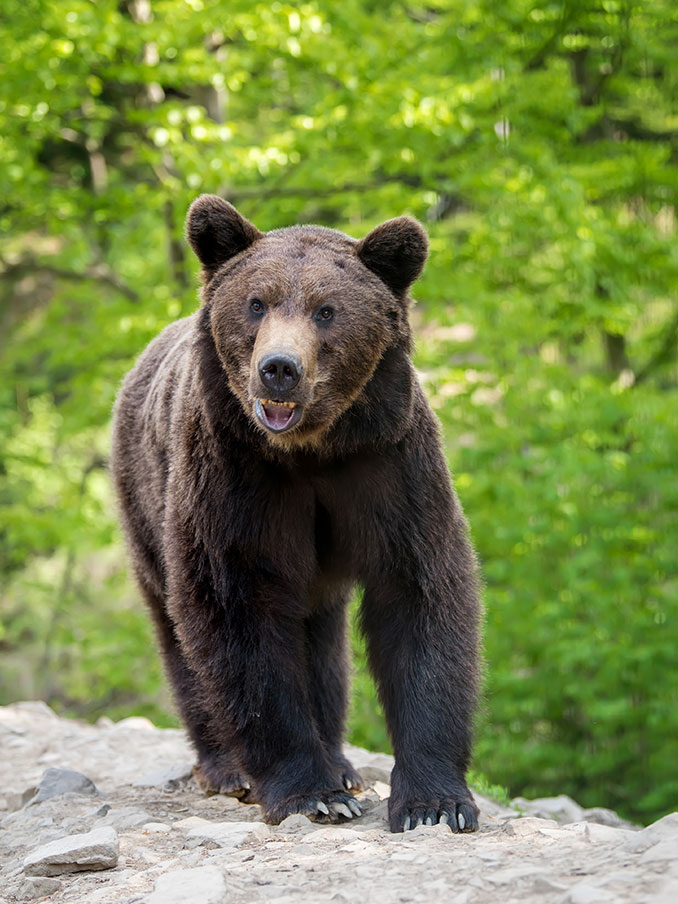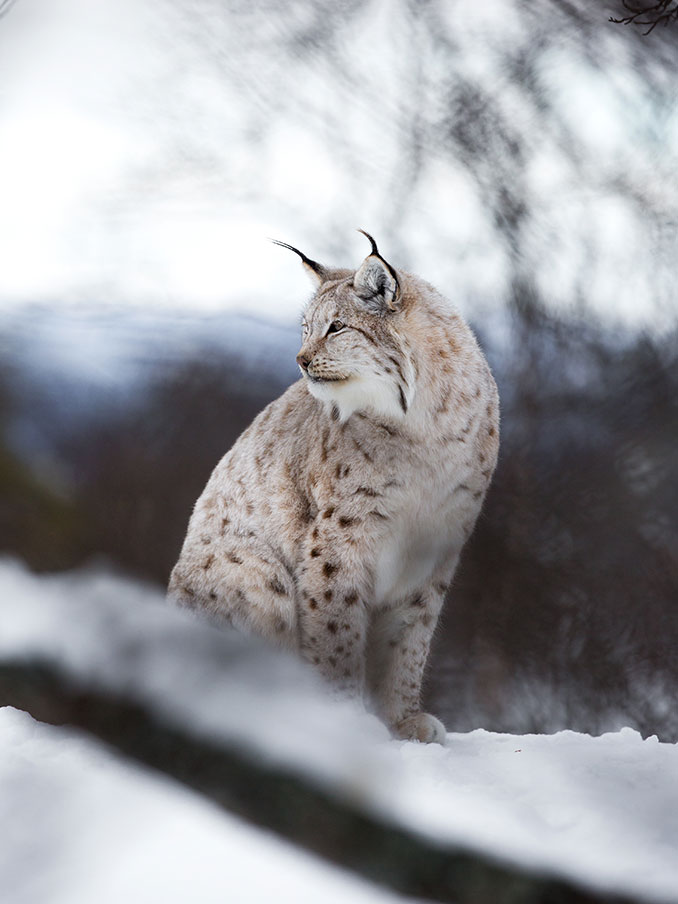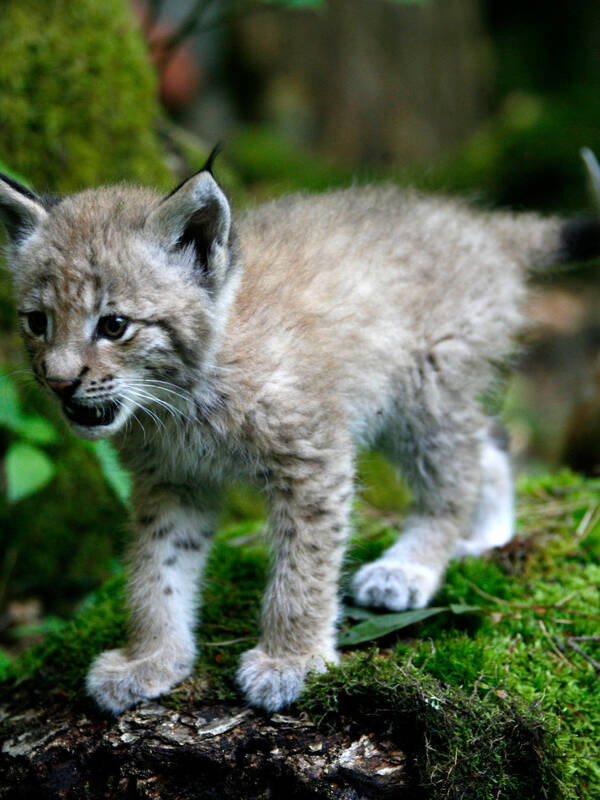What should you know about large carnivores?
Large carnivores were considered extinct by conservationists in Hungary until the 1980s. They have since begun to return, and Hungary currently has three native large carnivore species: the wolf, the lynx, and the brown bear. Their involvement in the natural functioning of ecosystems is particularly important.




What dangers are they threatened by?
There are many misconceptions about large carnivores in society at large, and their past decrease was primarily caused by persecution. However, their reappearance has placed them at the center of human-wildlife conflicts across Europe which is a significant challenge to conservation work.
What does WWF Hungary do?
The human-wildlife conflicts associated with large carnivores can involve a wide range of stakeholders, therefore making the resolution a complex, protracted, and difficult process. WWF Hungary promotes dialogue with stakeholders in order to develop common solutions to emerging problems.
How to coexist with large carnivores?
Most of us are probably not directly affected by the return of large carnivores. Their presence, however, can be a major challenge for individuals who live in the areas that they inhabit. In the long run, solutions of resolving human-wildlife conflicts through dialogue and different methods of coexistence, such as electric fences or large guarding dogs, can be a satisfactory solution for all parties concerned.